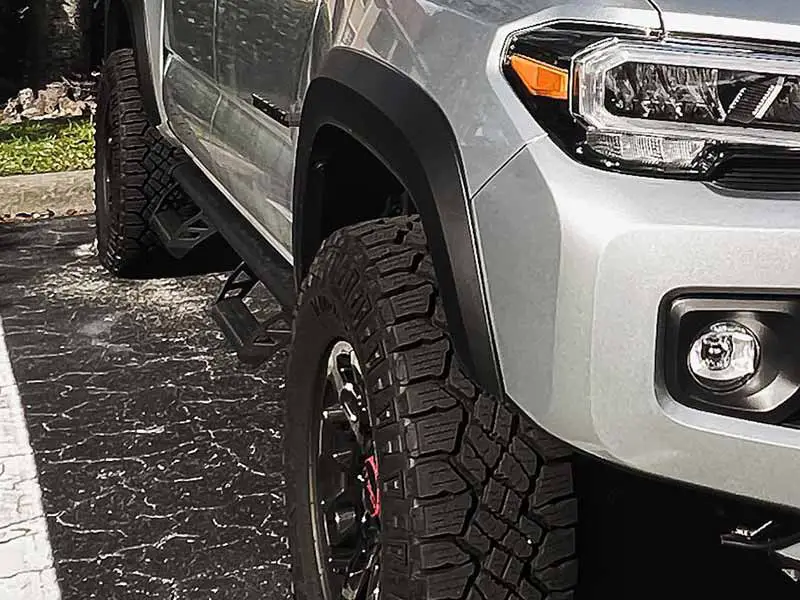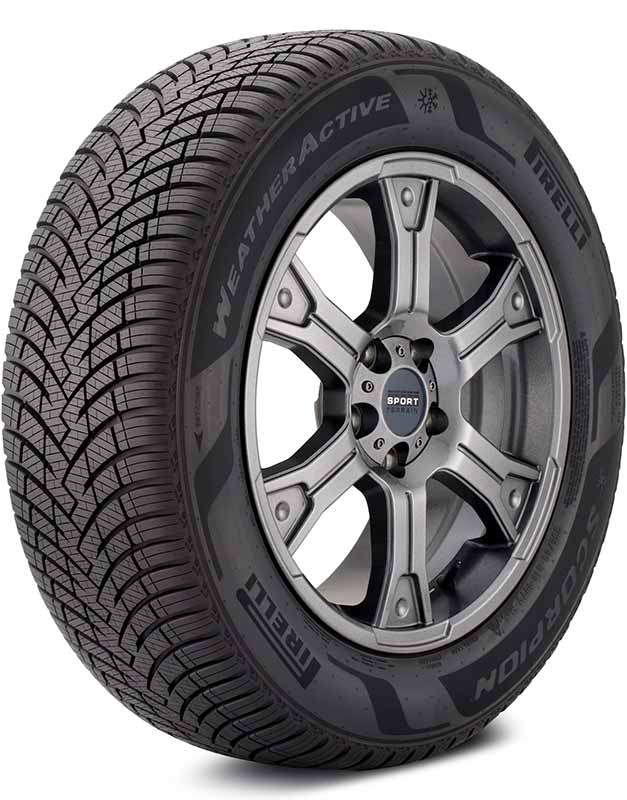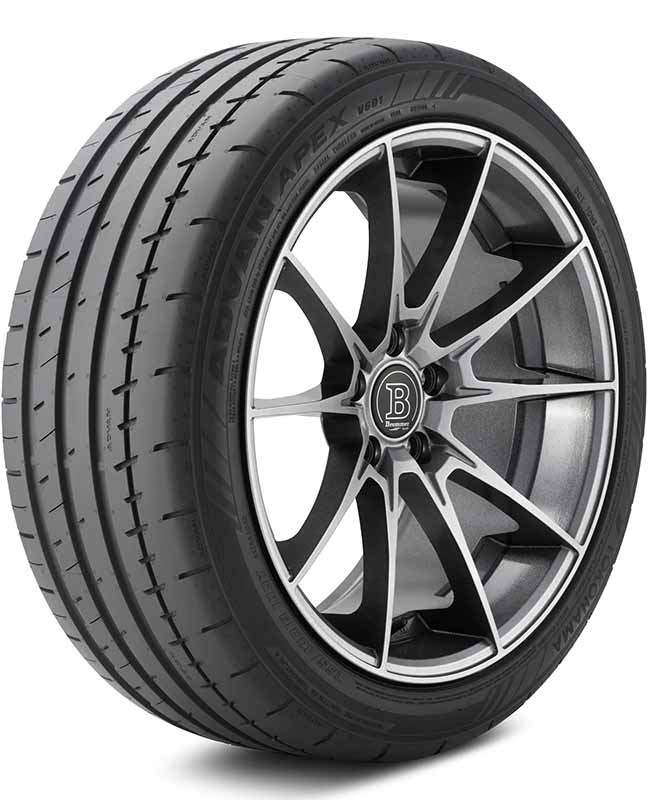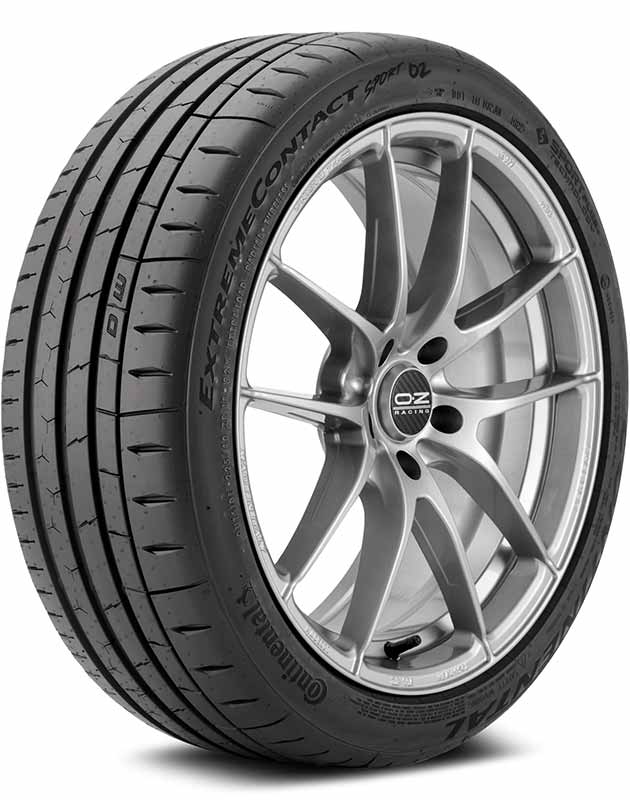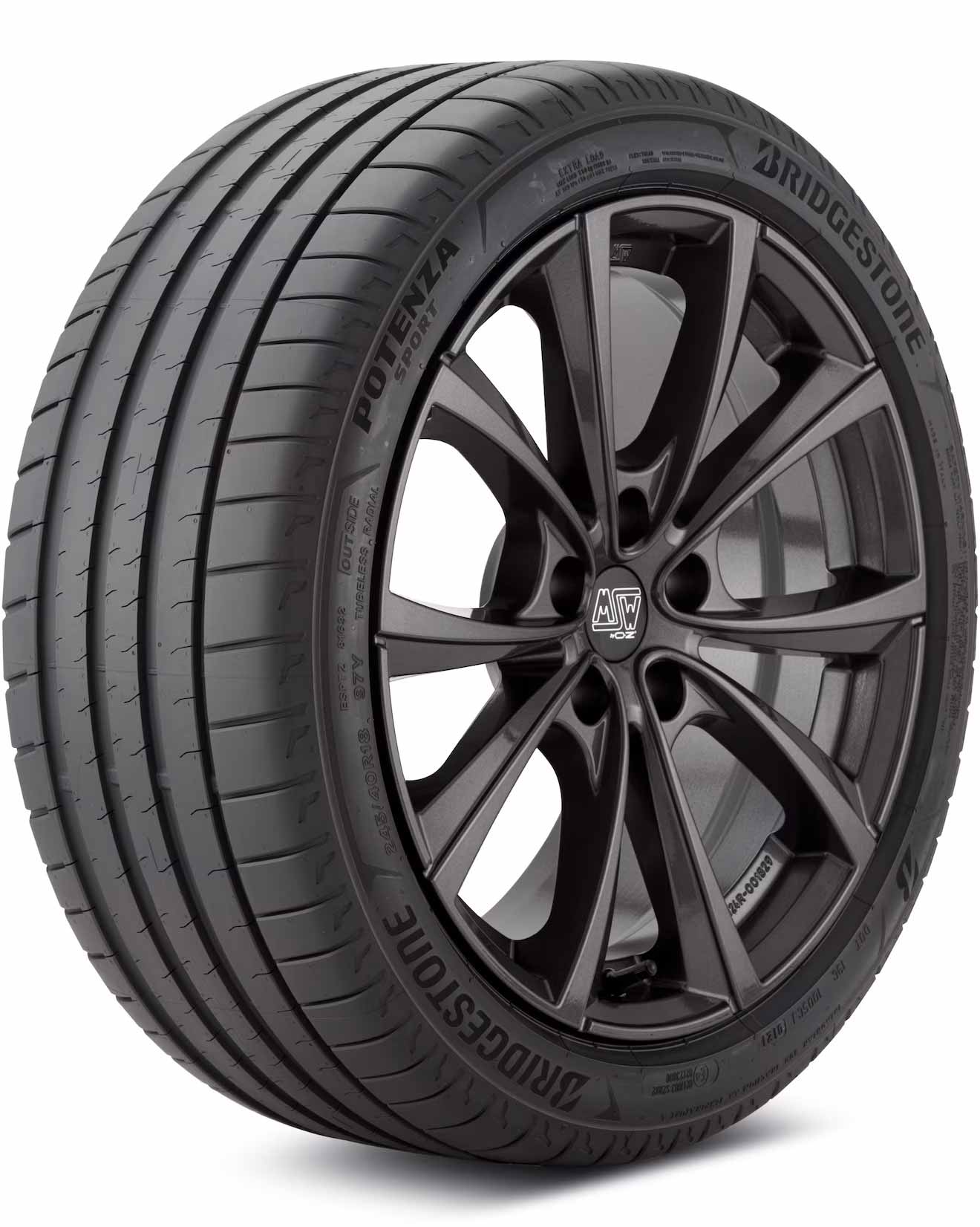Incorrect backspacing can result in issues like rubbing, poor handling, and even damage to your vehicle’s suspension or fender. Once you know how to accurately measure backspace, you’ll be better equipped to choose the right wheels for your car or truck.
How To Measure Wheel Backspacing
To measure wheel backspacing, you’ll need a straightedge and a tape measure. Place the straightedge across the wheel’s backside, making sure it’s flush with the rim, then measure the distance from the straightedge to the mounting surface to find the backspacing.
In this article, we’ll guide you through the process of measuring wheel backspacing and explain how it’s related to wheel offset.
We’ll cover the steps for converting between backspacing and offset, provide you with convenient calculators for easy conversions, and discuss the factors affecting these measurements.
Let’s take a closer look.
Wheel Backspacing Vs Offset
Before we dive deep into backspace measurement, let’s make sure we thoroughly explain backspacing and wheel offset as well as how the two relate to each other.
What Is Wheel Backspacing?
Wheel backspacing is a crucial measurement that tells you the distance from the innermost part of your wheel to the mounting surface (the part that bolts onto your vehicle’s axle). It plays a key role in determining how your wheel sits within the wheel well, which affects your vehicle’s stability, handling, and overall appearance.
To get a clear idea of what wheel backspacing looks like, imagine looking at a wheel from its side. If you were to draw a straight line from the inner edge to the mounting surface, that’s your backspacing measurement. This measurement is usually provided in inches or millimeters and varies depending on the size, width, and design of your wheel. By ensuring proper backspacing, you can avoid problems like your tires rubbing against your fenders or suspension components.
What Is Wheel Offset?
Wheel offset is another crucial measurement that you need to know when dealing with wheels. It is the distance between the centerline of the wheel (the midpoint between its inner and outer edges) and the mounting surface. The offset determines how the wheel is positioned in relation to the vehicle’s hub, which can impact its handling, suspension, and tire wear.
There are three main types of wheel offsets: positive, negative, and zero. Positive offset means the mounting surface is closer to the outer (street) side of the wheel, pushing the wheel further in towards the vehicle. Negative offset means the mounting surface is closer to the inner (vehicle) side of the wheel, pushing the wheel outwards. Zero offset indicates that the mounting surface is right in the center of the wheel. Each type of offset has different implications for your vehicle’s performance and appearance, so it’s crucial to know which one is best suited for your specific car or truck.
Backspacing Vs Offset
Although backspacing and offset are related, they serve different purposes when it comes to wheel fitment. Backspacing measures the distance between the wheel’s inner edge and its mounting surface, determining how far the wheel sits inside the wheel well. Offset, on the other hand, measures the position of the wheel’s mounting surface in relation to its centerline, affecting how the wheel is positioned relative to the vehicle’s hub.
In short, backspacing helps you figure out if your wheel will fit inside the wheel well without rubbing against your fenders or suspension components, while offset lets you know if your wheel will be evenly spaced within the wheel well for optimal performance and appearance. Understanding the difference between these two measurements is essential for achieving proper wheel fitment and avoiding potential issues with your vehicle’s handling, suspension, and tire wear.
Importance Of Backspacing And Offset
Getting the right backspacing and offset measurements for your wheels is incredibly important for several reasons. First, proper backspacing and offset ensure that your wheels are correctly positioned within the wheel well, preventing issues like tire rubbing, which can damage your tires, fenders, or suspension components. This helps maintain the integrity of your vehicle’s structure and components, keeping you safe on the road.
Second, having the correct backspacing and offset can improve your vehicle’s handling and performance. When your wheels are properly aligned and spaced, your car or truck can distribute weight more evenly and maintain better contact with the road, giving you a smoother and more controlled ride.
Lastly, proper wheel fitment can prevent uneven tire wear, prolonging the life of your tires and saving you money in the long run. When your wheels are correctly positioned, your tires can wear evenly across their tread, ensuring better traction and performance throughout their lifespan.
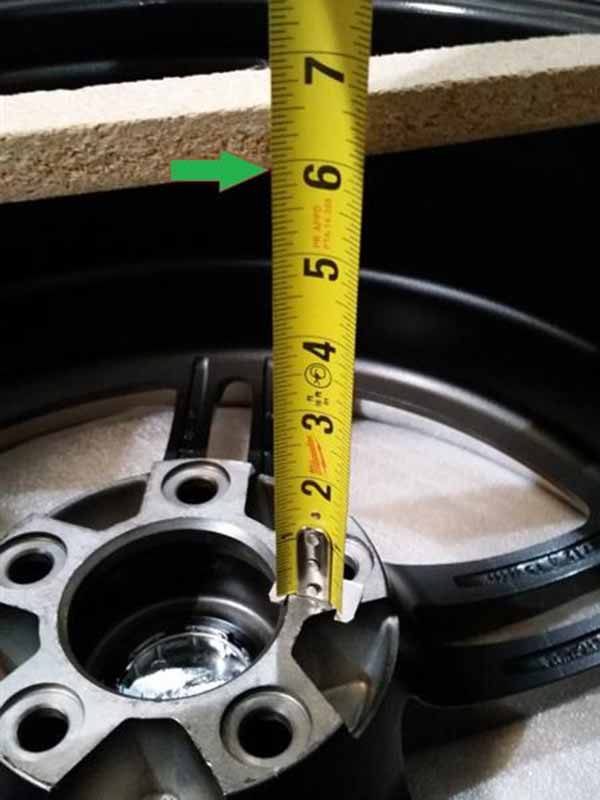
How to Measure Wheel Backspacing
Measuring backspacing is pretty easy, but you want to make sure you have the right tools and know the steps before starting.
Let’s break it all down.
Required Tools
To accurately measure wheel backspacing, you’ll need a few simple tools:
- A straightedge (such as a ruler, yardstick, or level)
- A measuring tape or ruler
- A pen and paper (or your smartphone) to record measurements
- A clean, flat surface to work on (preferably a table or the floor)
How To Measure Backspace Step-By-Step
Follow these steps to measure your wheel’s backspacing:
- Clean your wheel: Before measuring, make sure your wheel is free of dirt, dust, or debris that could affect your measurements.
- Lay your wheel down: Place your wheel on a clean, flat surface with the backside (mounting surface) facing up.
- Position the straightedge: Lay your straightedge across the wheel, making sure it’s resting on the innermost lip (the part closest to the vehicle when mounted). The straightedge should be parallel to the mounting surface.
- Measure from the straightedge to the mounting surface: Using your measuring tape or ruler, measure the distance from the straightedge down to the mounting surface (where the wheel bolts onto the vehicle). Be sure to measure at a 90-degree angle to the straightedge to get the most accurate reading.
- Record your measurement: Write down your measurement in inches or millimeters, depending on your preference. This number is your wheel’s backspacing.
Tips For Accurate Backspace Measurement
To ensure you get the most accurate backspacing measurement, keep these tips in mind:
- Double-check your measurements: It’s always a good idea to measure at least twice to make sure your numbers are consistent.
- Use the right tools: Use a high-quality straightedge and measuring tape or ruler to get the most precise measurements possible.
- Ensure the wheel is level: Make sure the wheel is sitting level on your flat surface before taking your measurements. This will help prevent skewed readings.
- Be mindful of the beadlock or flange: If your wheel has a beadlock or a flange (an additional lip on the inner edge), make sure your straightedge is resting on the actual wheel lip, not the beadlock or flange.
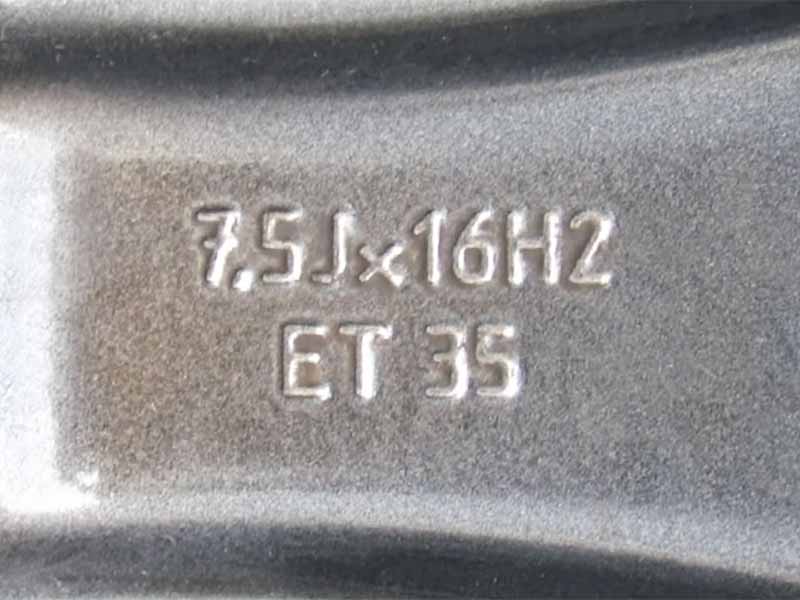
How To Convert Offset To Backspacing
When you know your wheel’s offset but need to determine the backspacing, you can use a simple formula to make the conversion. Here’s the formula:
Backspacing = (Wheel Width / 2) + Offset + Center Hub Flange
Keep in mind that the wheel width should be measured from the innermost lip to the outermost lip, including the flanges. The offset should be in the same unit of measurement as the wheel width (usually inches or millimeters). Let’s break down each part of the formula:
- Wheel Width / 2: This calculates the distance from the wheel’s centerline to the innermost lip (half the wheel width).
- Offset: The distance from the wheel’s centerline to the mounting surface.
- Center Hub Flange: The thickness of the center hub flange (where the wheel bolts onto the vehicle). This value is typically between 0.25-0.5 inches (6-12 mm) for most passenger cars and trucks.
Offset To Backspacing Calculator
Now that you know how to manually convert offset to backspacing, we want to make your life even easier by introducing our handy Offset To Backspacing Calculator. This user-friendly tool is designed to help you quickly and accurately convert offset to backspacing without having to do the math yourself.
How To Convert Backspacing To Offset
If you have your wheel’s backspacing measurement and need to find the offset, you can use the following formula:
Offset = Backspacing – (Wheel Width / 2) – Center Hub Flange
Just like before, make sure to measure the wheel width from the innermost lip to the outermost lip, including the flanges. The backspacing and wheel width should be in the same unit of measurement (usually inches or millimeters). Let’s break down each part of the formula:
- Backspacing: The distance from the innermost part of your wheel to the mounting surface.
- Wheel Width / 2: This calculates the distance from the wheel’s centerline to the innermost lip (half the wheel width).
- Center Hub Flange: The thickness of the center hub flange (where the wheel bolts onto the vehicle). This value is typically between 0.25-0.5 inches (6-12 mm) for most passenger cars and trucks.
Backspace To Offset Calculator
Most people don’t like math, myself included, so we’ve also created a convenient Backspacing To Offset Calculator. This handy tool is designed to help you quickly and accurately convert backspacing to offset without the need for manual calculations.
Factors Affecting Wheel Backspacing And Offset
Keep the following points in mind when changing the wheel’s width, negative offset, or positive offset:
Vehicle Type (Passenger Cars, Trucks, Etc.)
Different types of vehicles, such as passenger cars, trucks, and SUVs, have distinct requirements when it comes to wheel backspacing and offset. Vehicle manufacturers design these specifications to ensure proper wheel fitment, optimize handling, and maintain safety.
When selecting wheels, it’s important to consider your vehicle type and follow the manufacturer’s recommended specifications.
Wheel Size And Width
The size and width of your wheel can also impact backspacing and offset measurements. As wheel size and width increase, you may need to adjust the offset and backspacing to ensure proper clearance and prevent rubbing or interference with other components. It’s essential to select wheels that match your vehicle’s recommended wheel size and width range, as well as consider the appropriate offset and backspacing measurements for optimal fitment.
Suspension Modifications
Modifying your vehicle’s suspension can affect the ideal backspacing and offset measurements. Suspension modifications, such as lifting or lowering your vehicle, can change the required wheel fitment to maintain proper clearance, handling, and performance. When modifying your vehicle’s suspension, consult with a professional to determine the appropriate adjustments for backspacing and offset.
Brake System Upgrades
Upgrading your vehicle’s brake system, such as installing larger brake calipers or rotors, can also impact the required backspacing and offset measurements. These upgrades may necessitate a different wheel fitment to provide adequate clearance and prevent interference with the brake components. Before upgrading your brake system, consult a professional to determine the appropriate wheel specifications, including backspacing and offset, to ensure compatibility with the new components.
Resources
Below are some links you may find helpful when learning about tires
- Truck wheels and tires – What’s your back space and off set? – Motor Trend
- Everything you need to know about wheel backspacing and offset – Firestone
Final Thoughts
As American race car driver Bobby Unser once said, “Success is where preparation and opportunity meet.” By learning about wheel backspacing and offset, we’re able to ensure proper fitment without fender or suspension rubbing and without over-stressing wheel bearings and other components.
Good luck and happy motoring.
